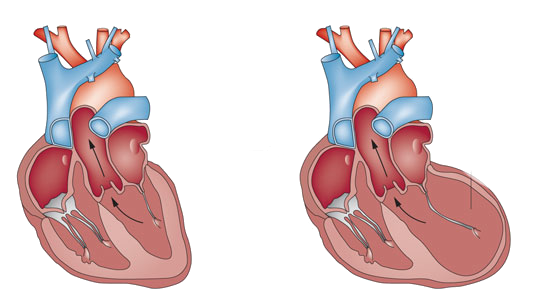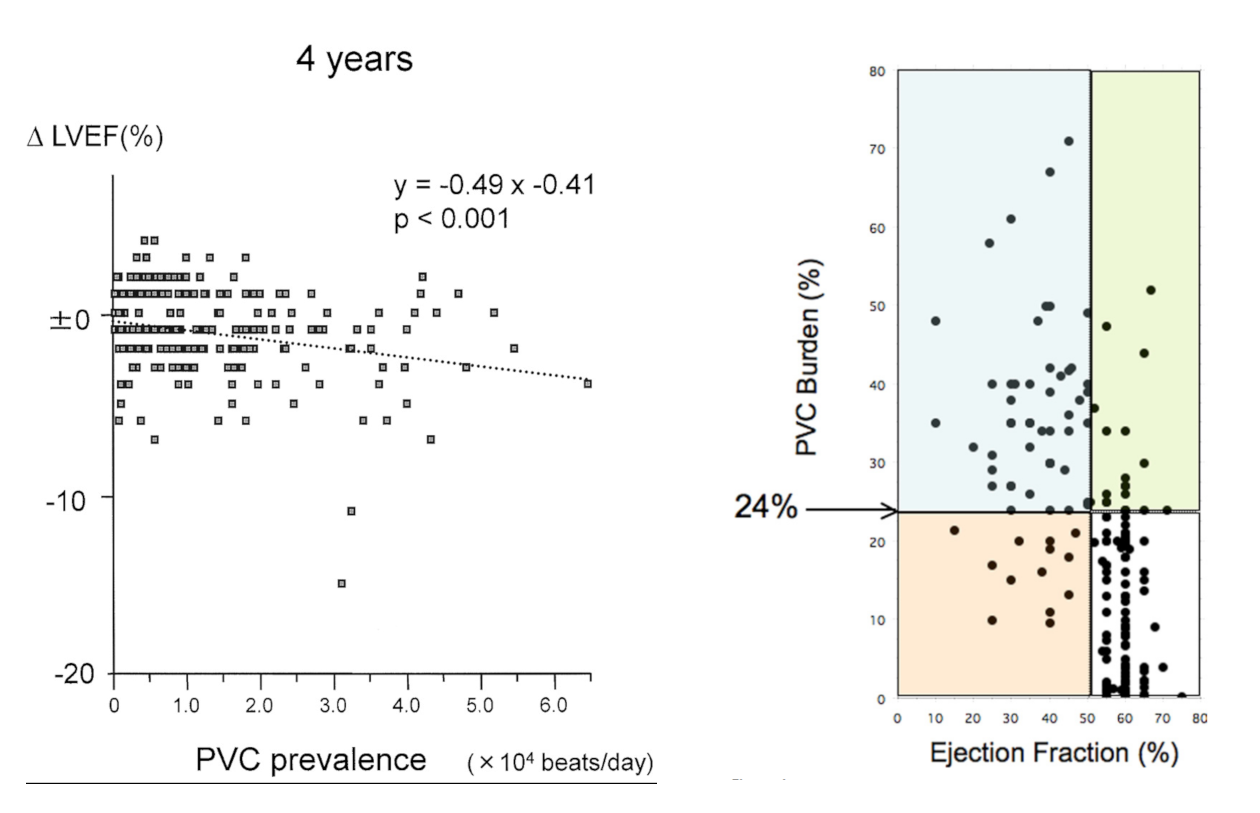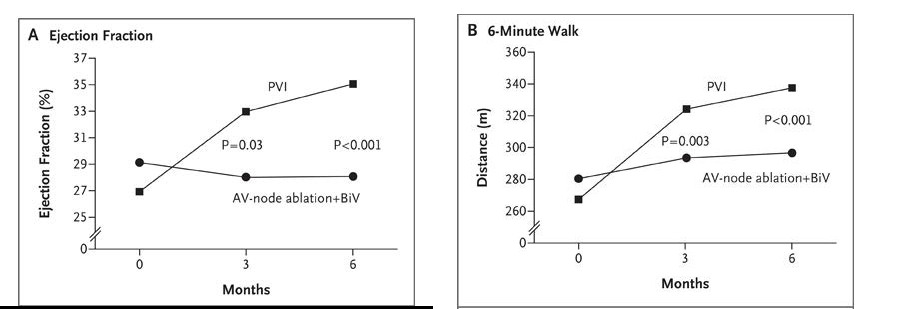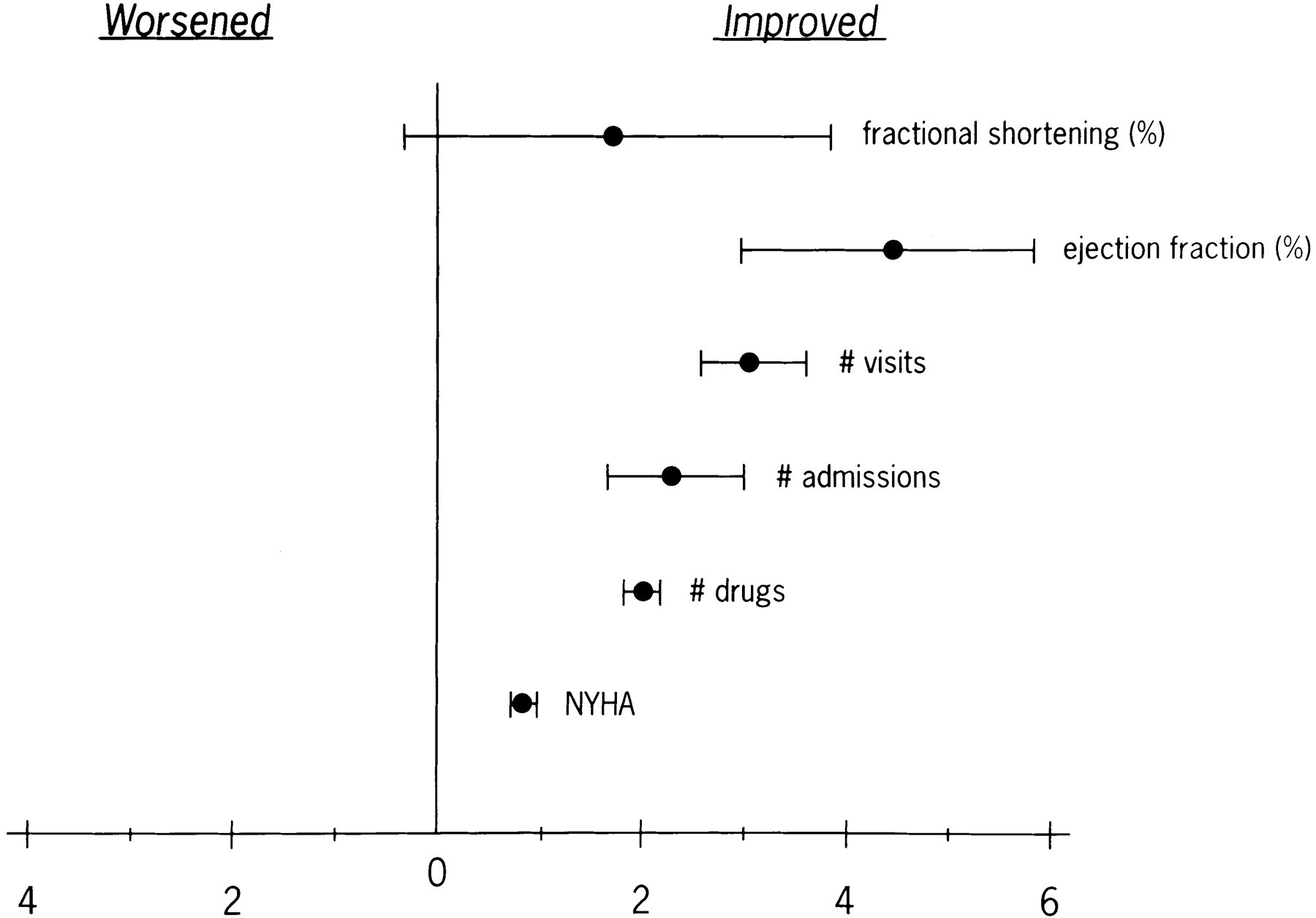Tachycardia Induced Cardiomyopathy
Raja Selvaraj, JIPMER
What are we doing to discuss?
- What is TIC and what is the mechanism?
- Common causes
- Management
- PVC mediated cardiomyopathy
- Atrial fibrillation
What is Tachycardia induced Cardiomyopathy
- Heart failure
- Systolic dysfunction
- ? Diastolic dysfunction
- Due to prolonged elevated heart rate (> 100)
- Reversible on control of arrhythmia
What are the usual causes
- SVT
- Focal AT / A flutter
- AVNRT / AVRT / PJRT
- VT
- RVOT VT
- ILVT
- Misc
- AF
- PVCs
Mechanisms
- Myocardial energy depletion
- Myocardial ischemia
- Abnormal calcium handling
- Cellular and extracellular matrix remodeling
Sequence of events

- Cardiac dilatation, MR
- Elevated filling pressures
- wall thinning, decreased contractility
- heart failure, neurohormonal activation
Clinical features
- Any age (hydrops due to flutter)
- Obvious in many patients
- May need a high index of suspicion in some
- Diagnosis may be confirmed only after reversal of LV dysfunction
Diagnosis
- May be easy
- Atrial flutter, 2:1 conduction, LV dysfunction
- PJRT with LV dysfunction
- May be uncertain
- Atrial fibrillation with heart failure
- Post MI, LV dysfunction with PVCs
- Benefit of doubt
Management
- SVT - ablation
- Idiopathic VT - ablation
- AF - rate control / rhythm control
- Initial improvement seen as early as 24 hours
- Most recovery within one month
- Near normalisation in one year
PVCs
- Repetitive dyssynchronous activation and not true tachycardia
- Only small fraction develop cardiomyopathy
- Related to burden / frequency, but no clear cut-off (10000, 20000, 16%, 20%, 24%)
- PVC QRS duration > 140 ms / 150 ms
- PVC coupling interval < 600 ms
- Interpolation
PVC burden

- Niwano et al. Prognostic significance of frequent premature ventricular contractions originating from the ventricular outflow tract in patients with normal left ventricular function. Heart 2009;95:1230-1237.
- Baman et al. Relationship between burden of premature ventricular complexes and left ventricular function. Heart Rhythm. 2010 Jul;7(7):865-9.
AF - an underrecognised cause ?
- Arrhythmia in first reported case in 1913
- Heart failure / LV dysfunction often attributed to other causes
- Irregularity of response may contribute ?
DCM with arrhythmia or arrhythmia with TIC
- LV dimension may help differentiate
- BNP / LVEF not different, but LV size smaller (1)
- LVEDD < 66 predicts TIC (2)
- Fujino et al. Characteristics of congestive heart failure accompanied by atrial fibrillation with special reference to tachycardia-induced cardiomyopathy. Circ J. 2007 Jun;71(6):936-40.
- Jeong YH et al. Diagnostic approach and treatment strategy in tachycardia-induced cardiomyopathy. Clin Cardiol. 2008;31:172–178
PVI or Ablate and PACE
- Atypical flutter / AF - Often refractory to pharmacologic therapy
- AVN ablation with pacing can be an excellent alternative
- In an experienced center, PVI may be superior ?
- Recurrences can result in rapid deterioration
PABA-CHF study

Khan MN et al. Pulmonary-Vein Isolation for Atrial Fibrillation in Patients with Heart Failure. N Engl J Med 2008; 359:1778-1785
Ablate and Pace

Wood et al. Clinical outcomes after ablation and pacing therapy for atrial fibrillation : a meta-analysis. Circulation. 2000 Mar 14;101(10):1138-44.
Points to Ponder
- Component of TIC in post MI PVCs (1)
- Easier to ablate (2)
- MR sensitive marker of improvement
- Risk of sudden death (3) - role for vest?
- Late deaths
- Ablation of frequent PVC in patients meeting criteria for primary prevention ICD implant: Safety of withholding the implant. Heart Rhythm 2015;12:2434–2442
- Primary Radiofrequency Ablation for Incessant Idiopathic Ventricular Tachycardia. PACE 2002;25:1555
- Heart Failure and Sudden Death in Patients With Tachycardia-Induced Cardiomyopathy and Recurrent Tachycardia. Circulation. 2004;110:247-252